Huns, Vandals, Goths; wild hordes of savages who broke down the gates of the civilized world? Or is their evil fame the result of a bad historical press? The prevailing soft multiculturalism of our times has made the phrase “the fall of Rome” a surprisingly controversial one. It’s much preferred to talk about “transformation” rather than “decline and fall.” In this “transformationist” view, the High Classical period of 200 BCE-250 CE subsides gradually, almost imperceptibly into the “Late Antiquity” of CE 350-700. The barbarians did not invade; they migrated. Rome did not fall; it experienced a “fusion” with the new migrants in a “cross-cultural exchange.” The question is whether history is being re-written to not to offend anyone ; a “transition” from one culture to another, both cultures equally excellent in their own way. This is highly pertinent with the attention and study of present Third World migration into Europe and America, which has been a challenge to the traditional integration, ”cultural mosaic” and ”melting pot” theories of Canada and the United States. The model of ”unity in diversity” is under question.
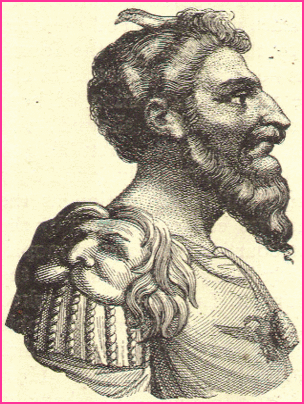
''Leader of the Huns from 434 until his death. Had a reputation for bloodthirsty lover of battle, pillage and cruelty, killed his brother and Bleda, his co-ruler, and is also accused of cannibalism and eating his own two sons. Read more: http://socyberty.com/history/top-10-evil-men-of-all-time
Whatever the state of the German tribes in the first century A.D. it had greatly changed by the fourth century, when the ”invasions” began. By then a stabilized empire had long maintained fixed frontiers along the Rhine and the Danube, across which goods and slaves had constantly moved. The barbarians had acquired a liking for Roman luxuries and had learned the uses and abuses of money. The Romans had settles whole tribes within their borders or formed alliances with tribes just outside the borders.
For centuries the Romans had been taking hostages from the tribes to guarantee that treaties would be honored. These hostages would later return home, bringing the fruits of Roman education and a taste for Roman life. Although Roman conquest had ceased after the reign of Trajan, cultural diffusion had continued. Throughout the German world a slow but steady Romanization had occurred.
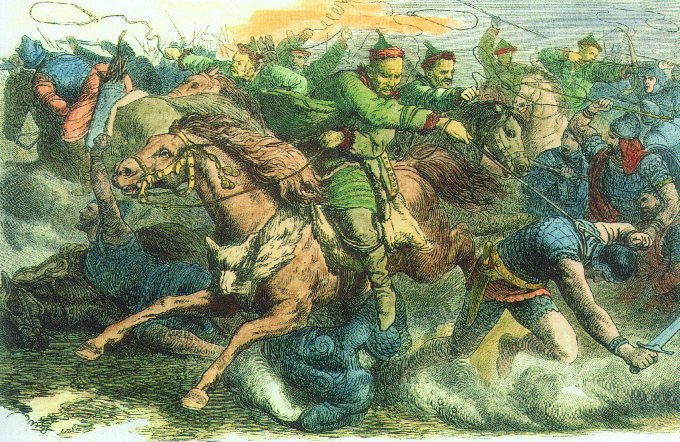
''That’s from The Battle of the Goths and Huns section of the Hervarar saga, which regrettably has come down to us as a text corrupt beyond even the ability of Patrick Fitzgerald to indict. In Christopher Tolkien’s words “an academic battlefield for more than a century,” ,,,
The current had flowed the other way too. There had been a ”barbarization” of Roman society. Early in the third century the ”constitutio Antoniana” extended citizenship to all free-born inhabitants of the empire. This liberal measure made it increasingly difficult for the imperial government to recruit legionnaires within the empire, for military service had hitherto been one of the prime routes to Roman citizenship. The government therefore made efforts to enlist barbarians on the fringe of the empire by offering high pay, citizenship, and land as rewards for assuming the burden that Roman citizens were unwilling to bear. Barbarians poured into the army and from there into Roman society. Barbarian gladiators, slaves, and freedmen had long since made the city of Rome a melting pot; now the barbarians were everywhere, often in positions of power and prestige.
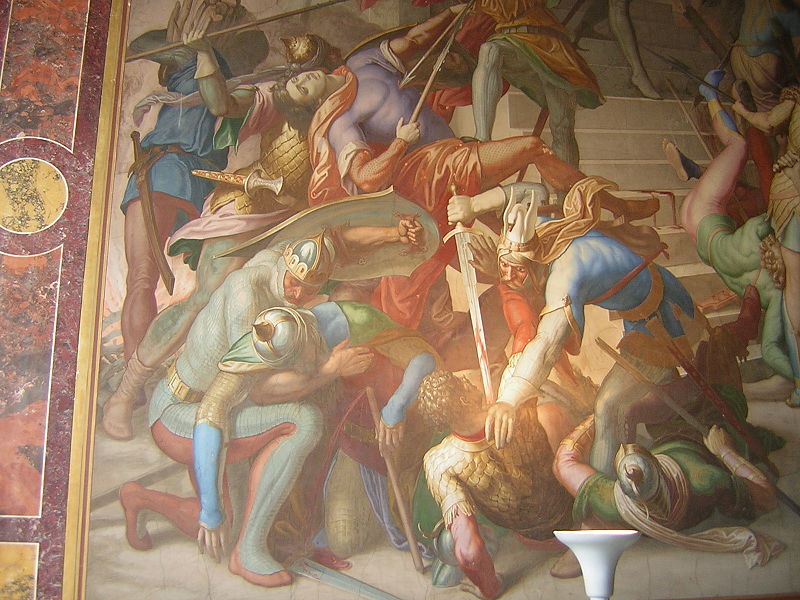
Battle between Nibelungs and Huns, Detail of a frescoe in the Nibelung Halls in Munich, Germany. Wikipedia
Soon Romans began to ape the manners of the barbarians. The Western emperor Honorius had to issue three successive edicts in the fourth and early fifth centuries banning the wearing of long hair and fur coats, barbarian costume, in the cities of the empire. A mnore important sign of the times was the rise to high position in the Roman state of Stilicho the vandal. This great Roman general virtually ruled the empire for a time. He served as consul, married the emperor’s adopted daughter, and married off his own daughter to the next emperor. He also served the empire well in wars against his fellow barbarians.
When we think of ”invasions” these were, in fact, more the consequences of political maneuverings, which either staved off disaster or brought it on, according to the circumstances. Indeed, the barbarian ”invasions” seem to prove, as so much history does, that statesmen can rarely predict the outcome of their policies. The Alans, iranian nomads also moved into the Danube region , and it was from these that the Goths borrowed the use of horses and covered wagons. They also took over Alanic cavalry weapons and tactics, the use of body armor, long swords, and the lasso; the dreaded weapon of mounted tribes. Despite differences in language and culture, Alans and Goths intermarried and formed such close political alliances that the Romans soon came to regard them as one people.
”From the mid fifth century A.D. onwards, Alans, now fully Christianised, gradually lost their Iranian language, and were eventually absorbed into the population of medieval Europe; as late as 575 one still comes across Iranian names, such as Gersasp in southern France, and Aspidius (Aspapati, Asppat) in northern Spain, and of course the word Alan itself, which is still a very popular name in western Europe. Alans are credited for importing into western Europe their steppe tactics of warfare; these include never fighting on foot out of choice, having armour both for men and their mounts, and most significantly, the practice of tactical fake retreat; these Iranian steppe tactics were passed on to the Bretons, Visigoths and later, to the Normans, who used the fake retreat at many battles including the Battle of Hastings.” 
For a time the Goths controlled a vast kingdom of indefinite boundaries extending from the Black Sea to the Baltic and including many tributary tribes. By the third century the Romans were paying them an annual subsidy to guard the frontier against the Sarmatians and other neighboring peoples. During most of that century the Goths made frequent armed raids into the empire. Yet in intervals of peace they provided soldiers for Roman armies and collected their subsidies. In 332 a long period of peace with the Romans began, and during this time the Goths were converted to Christianity by Bishop Ulfilas, a Goth who had been educated in Constantinople and knew both Latin and Greek.
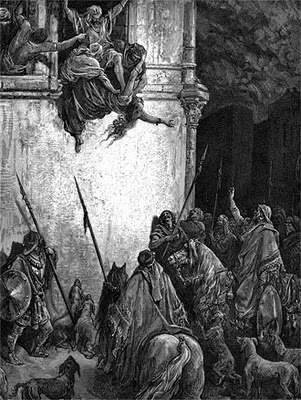
Gustave Dore. ''Bishop Ulfilas, in the fourth century, undertook the task of translating the Bible into the Gothic language with a curious omission: he left out the book of Kings. The Goths, in his opinion, were already too fond of fighting, and “needed in that matter the bit, rather than the spur.” I can’t say that I blame him.''
Unfortunately for the future of the Goths, however, Ulfilas was an Arian, a follower of that Arius who had denied the identity of Jesus Christ with God the Father. The Arianism of the Goths subsequently poisoned their relationships with the Catholics of the Roman EMpire who had accepted the Nicene Creed.
”Even very ordinary Roman houses and buildings were roofed with tile. With the fall of Rome, tile manufacture ceases – and for the next thousand years, rulers and prelates were roofed by timber, everybody else by insect-infested thatch. The Romans made pottery by the tens of millions of units; to this day, one of Rome’s hills is a garbage dump filled with the broken shards of an estimated 50 million pots. Trade and manufacturing slows after 200, vanishes after 400. The dwindled population of Europe has to make do with crude, misshapen local handiwork. Coins and ironwork vanish. Not until the Victorian era did Europe recover Roman plumbing and road-building skills. Not until the 20th century did human beings improve on Roman concrete.
From the point of view of every aspect of material culture that can be measured and recorded, the overthrow of the Roman empire was a catastrophe that annihilated a millennium of material progress. North of the Alps especially, Europe in CE 700 looked much more like the Europe of 1500 years before than like the Europe of 500 years before.” ( David Frum )
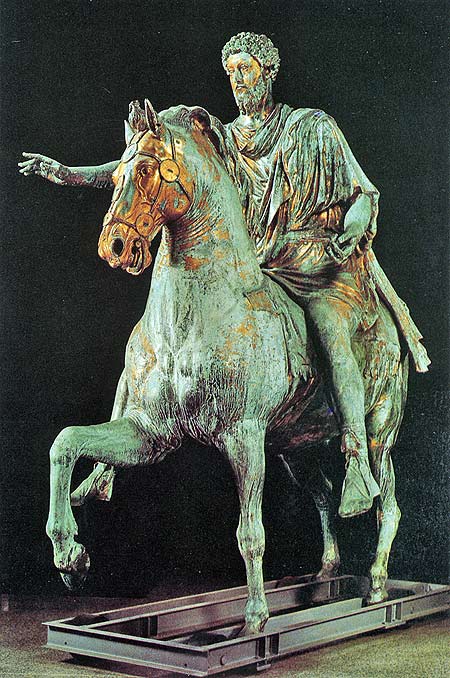
Marcus Aurelius. ''The thought that a statue ( like the above post-fall of Rome ) might be considered less finely wrought than this was not to be entertained. What we have here is a “transition” from one culture to another, both cultures equally excellent in their own way. If anyone catches echoes of current clichés about Third World migration into Europe and America, your ears are not deceiving you.'' ( David Frum)
”Probably no classicist has ever drawn a less appealing picture of late imperial Rome than Peter Heather. Its political culture reminds him of a totalitarian state: senators chanting accolades upon the emperor, over and over – orators asserting perfect unity and agreement where obviously none existed – the fusion of political and religious authority – the absolute vulnerability of any person, no matter how highly placed, to sudden death at the emperor’s whim… upper-class Rome of the 5th century sounds in Heather’s telling a lot like a house party at the Kremlin in 1935.”


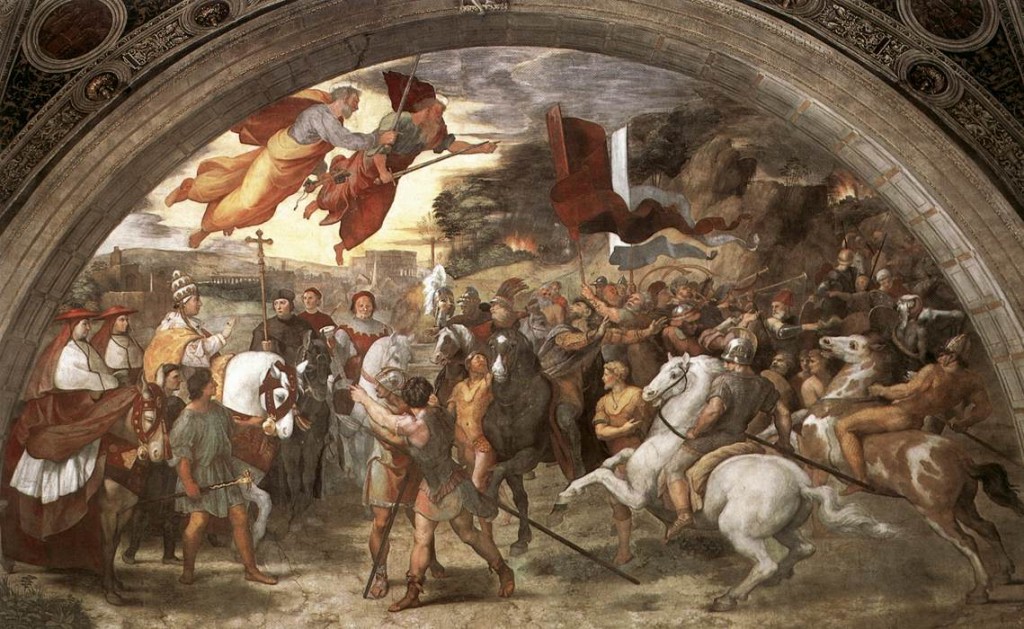
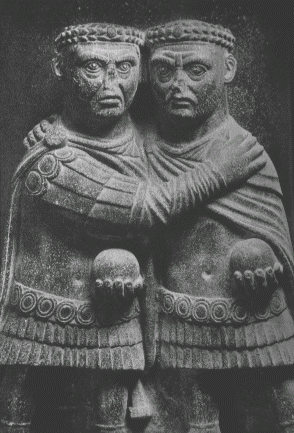



 COMMENTS
COMMENTS